Japan is a country suffused with both history and artistry, with traditional crafts that date back centuries. From the intricate textiles of the Edo period to the delicate ceramics favored by tea masters, each craft reflects a unique facet of Japanese culture and spiritual heritage. The belief in “mono no aware” (the beauty of impermanence) permeates these disciplines, fostering a deep appreciation for nature and craftsmanship.
As globalization transforms many aspects of modern life, these traditional arts endure, serving as a bridge between past and present. Engaging in hands-on craft experiences allows visitors to connect with Japan’s artistic roots while promoting sustainability and mindfulness. Join us on this journey as we delve into traditional Japanese crafts.
Origami
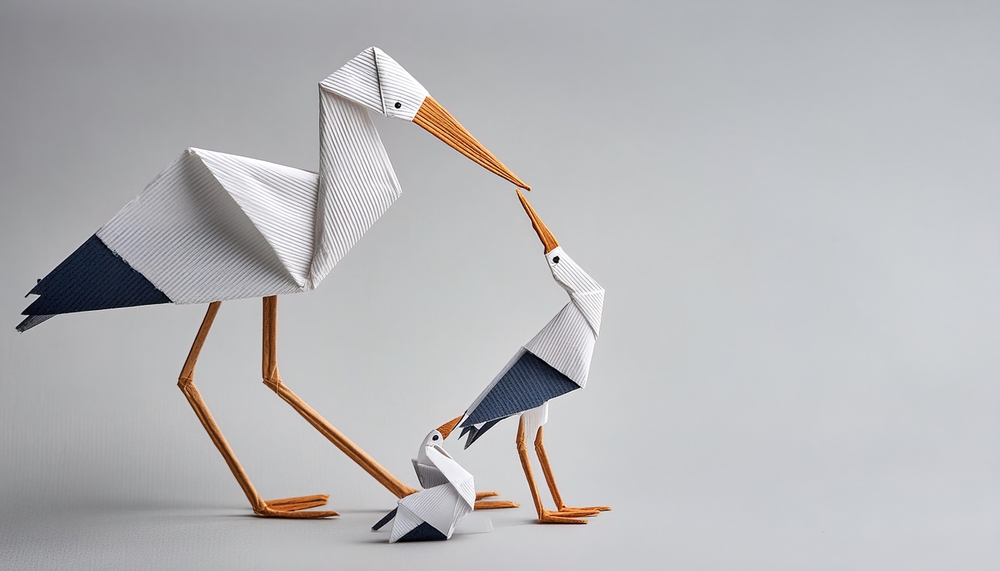
Origami, the Japanese art of paper folding, has a history stretching back over a thousand years. Its name comes from the Japanese words “oru” (to fold) and “kami” (paper), and its roots are intertwined with the introduction of paper to Japan from China in the 6th century. By the Edo period (1603–1868), origami had become a highly respected art form, with figures like the crane symbolizing peace and good fortune. Over time, it evolved from a ceremonial practice into an art accessible to all, celebrated for its ability to transform a simple sheet of paper into intricate creations.
Visitors to Japan can explore this craft through hands-on workshops that teach techniques ranging from basic folds to advanced designs. Instructors guide participants as they fold cranes, flowers, or even modular creations, ensuring an experience suited to all skill levels. Many workshops also offer insights into origami’s cultural significance and its philosophy of finding beauty in simplicity. For those seeking a deeper dive, venues like the Origami Kaikan in Tokyo provide professional demonstrations and a historical context for this timeless art. Whether as a meditative practice or a creative outlet, origami offers a distinctive way to connect with Japan’s artistic traditions.
Washi
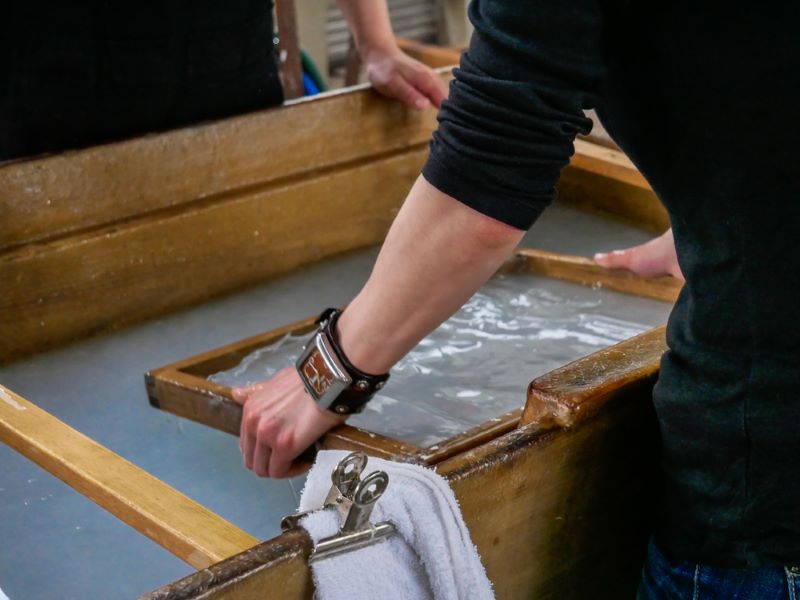
Washi, the traditional Japanese paper, has been a cornerstone of Japanese culture for over 1,300 years. Originating during the Asuka period (6th–7th century), its creation was influenced by papermaking techniques brought from China. Japanese artisans refined these methods, using natural fibers like mulberry bark, mitsumata, and gampi to produce paper renowned for its durability and texture. Unlike modern wood-pulp paper, washi has long fibers that make it exceptionally strong, allowing it to endure centuries of use. It has served diverse purposes, from sacred texts and official documents to everyday items like shoji screens and umbrellas.
Visitors can experience the art of washi firsthand in places like Echizen Washi Village in Fukui Prefecture, where papermaking traditions have thrived for over 1,500 years. Here, artisans guide participants through the process of pulping and pressing fibers to create their own sheets of washi. For those in Tokyo, the Ozu Washi Museum offers hands-on workshops alongside exhibits showcasing washi’s history and cultural significance.
Ikebana
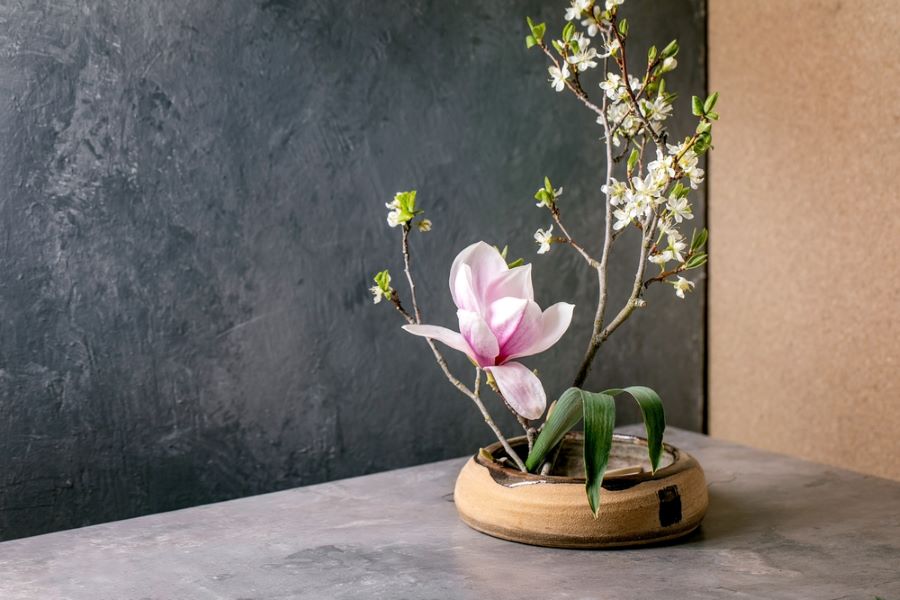
Ikebana, the Japanese art of flower arrangement, has its origins in the 6th century, when Buddhist monks began arranging flowers as offerings at temple altars. This practice symbolized harmony between humanity and nature, reflecting the spiritual connection central to Buddhism. Unlike Western floral arrangements, ikebana emphasizes line, space, and the inherent beauty of each element. Flowers, branches, and leaves are carefully chosen and arranged to reflect their seasonal and symbolic significance. The act of arranging is a meditative process, fostering mindfulness and an appreciation for simplicity.
Tourists can experience ikebana through hands-on workshops guided by skilled instructors. These sessions teach participants to create balanced, minimalistic arrangements while exploring the deeper philosophy behind the art. Whether focusing on traditional styles like Rikka or embracing modern approaches, ikebana workshops offer a meaningful connection to Japanese aesthetics and mindfulness practices.
Kintsugi
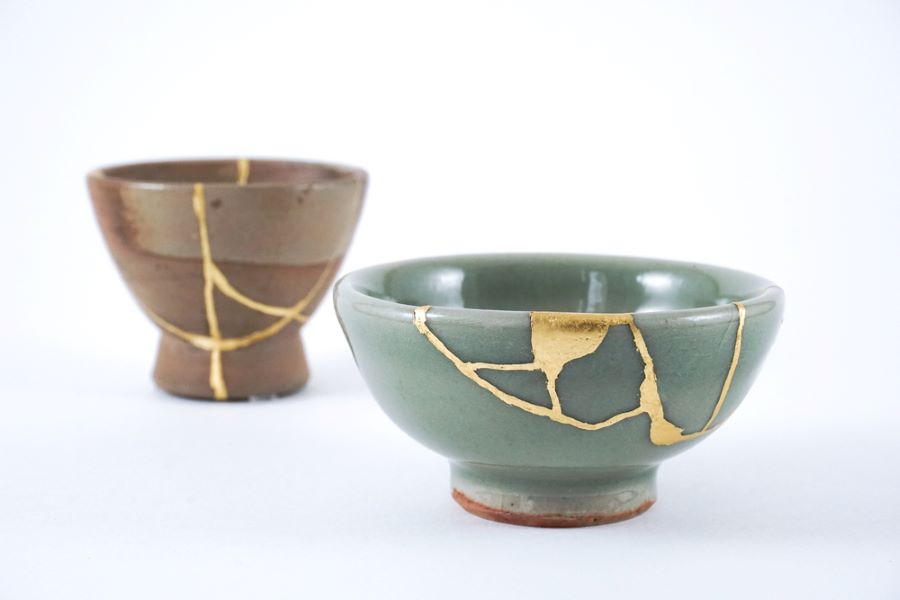
Kintsugi, meaning “golden joinery,” is the Japanese art of repairing broken pottery with gold-infused lacquer. This technique transforms cracks into shimmering veins, celebrating flaws rather than concealing them. Rooted in the 15th century, kintsugi’s origin story involves a Japanese shogun who sought to repair a cherished tea bowl. Unsatisfied with the crude methods available, artisans devised a solution that honored the piece’s history, aligning with the philosophy of “wabi-sabi,” which finds beauty in imperfection and transience.
Today, kintsugi workshops invite participants to experience this restorative art firsthand. Guided by artisans, you’ll learn to mend pottery while embracing its imperfections, creating a piece that is both functional and symbolic. More than just a craft, kintsugi offers a philosophical lesson: life’s challenges and scars contribute to its beauty, reminding us that broken things can be made whole—and even more beautiful—through care and attention.
Sumi-e
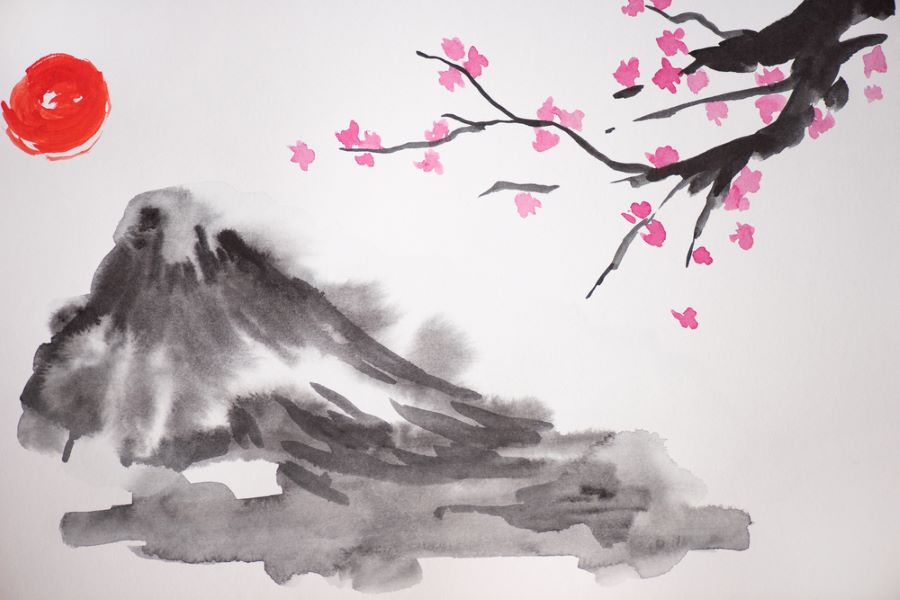
Sumi-e, or Japanese ink wash painting, is a minimalist art form that captures the essence of nature using black ink, water, and deliberate brushstrokes. This style originated in China and was introduced to Japan in the 14th century by Zen Buddhist monks. Deeply influenced by Zen philosophy, sumi-e emphasizes simplicity, balance, and the beauty of negative space, reflecting the interconnectedness of all things.
The process of sumi-e is as meditative as it is creative. Artists focus on precision and intention, with each brushstroke representing an element of the natural world, such as mountains, rivers, or bamboo. The use of varying ink tones, from deep black to translucent gray, creates depth and dimension, while empty space plays a vital role in defining the composition. This interplay between form and void mirrors Zen principles, encouraging mindfulness and an appreciation for impermanence.
In modern sumi-e workshops, participants are guided by skilled artists in mastering brush control, ink mixing, and traditional techniques. Whether painting serene landscapes or symbolic animals, the practice fosters focus and inner calm. Sumi-e is more than painting—it is a harmonious blend of art and philosophy, where simplicity speaks volumes and every stroke carries meaning.
You Might Also Enjoy: Beyond Haikus: Reflecting on Beautiful Examples of Japanese Poetry
Tenugui
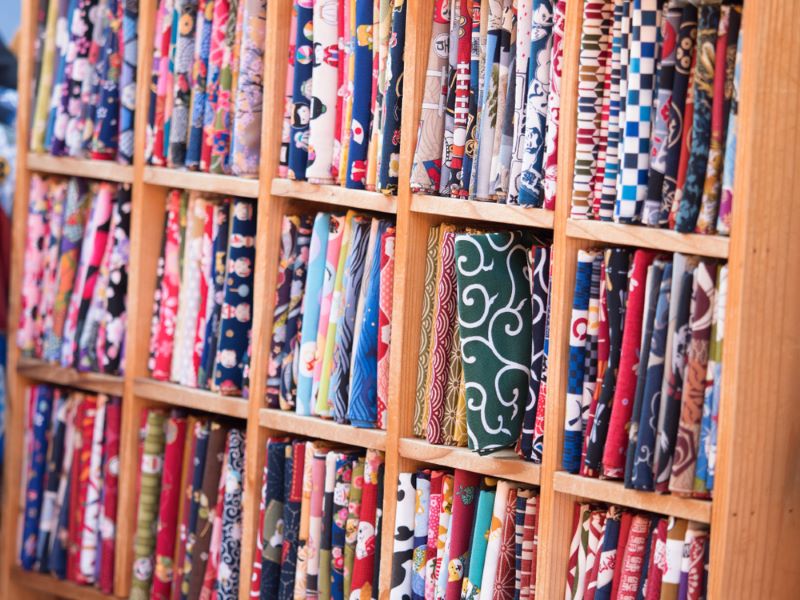
Tenugui, traditional Japanese cotton cloths, are versatile and beautifully adorned with intricate patterns and vibrant colors. Dating back to the Heian period (794–1185), these cloths were initially used in religious rituals before becoming everyday items during the Edo period (1603–1868). Their uses range from handkerchiefs and gift wraps to decorative pieces, embodying both practicality and artistry.
The patterns on tenugui often reflect Japanese culture and nature, incorporating motifs like cherry blossoms, waves, or seasonal themes. Traditional dyeing techniques such as shibori (tie-dye) and yuzen (stenciling) give each cloth its distinctive character. Unlike towels, tenugui lack hems, allowing them to dry quickly and fold easily while maintaining their elegant appearance.
Today, visitors can engage with this craft in tenugui-making workshops, where they learn about dyeing methods and create personalized designs. From tying and dyeing to stenciling and painting, participants experience the time-honored techniques firsthand.
FAQs:
Q: When is the best time to visit Japan for crafts?
A: Japan’s crafts are available year-round, but spring and autumn provide stunning backdrops for outdoor exploration, while winter’s cozy atmosphere is ideal for indoor workshops like papermaking or kintsugi.
Q: Can I take my crafted items home?
A: Absolutely! Whether it’s a washi sheet, kintsugi pottery, or a tenugui, your creation is yours to keep and cherish as a memento of your journey.
Q: Are workshops suitable for families?
A: Most workshops are beginner-friendly and welcome all ages, making them a great choice for families. However, some, like kintsugi, may require older participants due to the tools and materials involved.
Q: Where can I book a craft tour?
A: Many travel platforms offer craft-focused tours. Look for packages that include local guides, hands-on workshops, and cultural insights to create an enriching and eco-conscious experience.
Q: Do I need to know Japanese to participate in craft workshops?
A: No, many workshops cater to international visitors and provide instructions in English or have bilingual staff. However, learning a few basic Japanese phrases can enhance your experience.
Q: How long do craft workshops usually last?
A: Most workshops range from one to three hours, depending on the complexity of the craft. Some, like detailed kintsugi or textile dyeing sessions, may take longer, so plan accordingly.
Q: Are there any specific materials I should bring for workshops?
A: Generally, materials are provided by the workshop. However, for outdoor or dyeing sessions, it’s a good idea to wear comfortable clothing that you don’t mind getting a bit messy. Confirm any specific requirements with the organizer in advance.
Have you ever participated in one of these workshops for Japanese crafts? Tell us about it in the comments below!


Leave a Reply